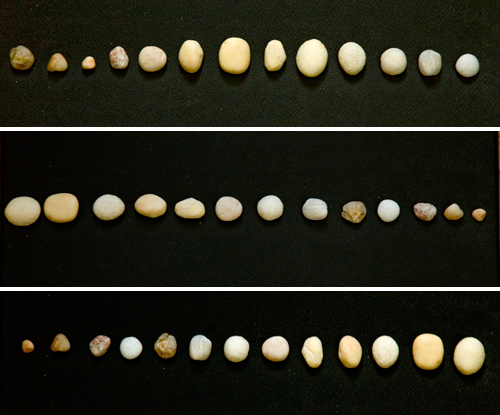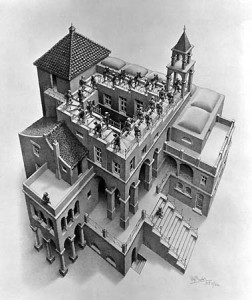
As I’ve been working on coding, laying out, and putting together Issue 3 (which in many ways has proven to be a much more technically challenging endeavor than our previous two issues), the question of order/ordering has continually been at the forefront of my mind. How important decisions about order are when presenting a group of poems, or images! Juxtaposition means everything: placing even one small poem strategically can entirely change and elevate the overall energy of an issue, an anthology, a collection. And (to apply this thought to the level of craft) how much more so with regards to the arrangement of lines, images, stanzas, within each poem itself! At this year’s Kundiman retreat, Oliver de la Paz showed me how the placement of a single poem within a manuscript would affect the impact with which certain images in it would be perceived by a reader—and that revising with attention to order, both on a inter-poem and intra-poem level, was therefore very necessary. And during workshop, Kimiko Hahn suggested that one of the Fellows try reversing the order of the lines in her poem, a simple change that which—when applied, completely reshaped its arc, and brought the whole piece alive in a new and fascinating way.
Of course, reversing the order of a poem’s lines does not work the same magic in every case—it worked on the poem that we were discussing because it allowed the strange linguistic impulses of the final lines to speak better and thus made the arc of the new version much less tidy and more texturally interesting. But the results of this simple revision exercise got me thinking about how to apply it to my own writing. How many times have I shuffled and reordered stanzas in a poem that feels stuck, only to find that the arc of the poem was still either falling flat? Oftentimes, my last thoughts as I draft a poem may be some of the most complex, the most evocative, and so reversing a poem, image by image, or even line by line, could be a very useful way to at least read the images in the draft from a different angle, and thus to reenter the revision process on a fresh foot.
Today’s prompt is an example of more shameless, deliberate “stealing” from the advice of teachers whom I admire.
Prompt: Take a poem whose arc or movement feels “stuck” and reverse the order of the images or lines as way to re-envision the “map” of the poem. Alternately, if you are working on a manuscript, try reversing or changing the order of poems, or experimenting with reversing lines within the opening and closing poems to see whether the impact of this reordering reveals anything new and luminous.


